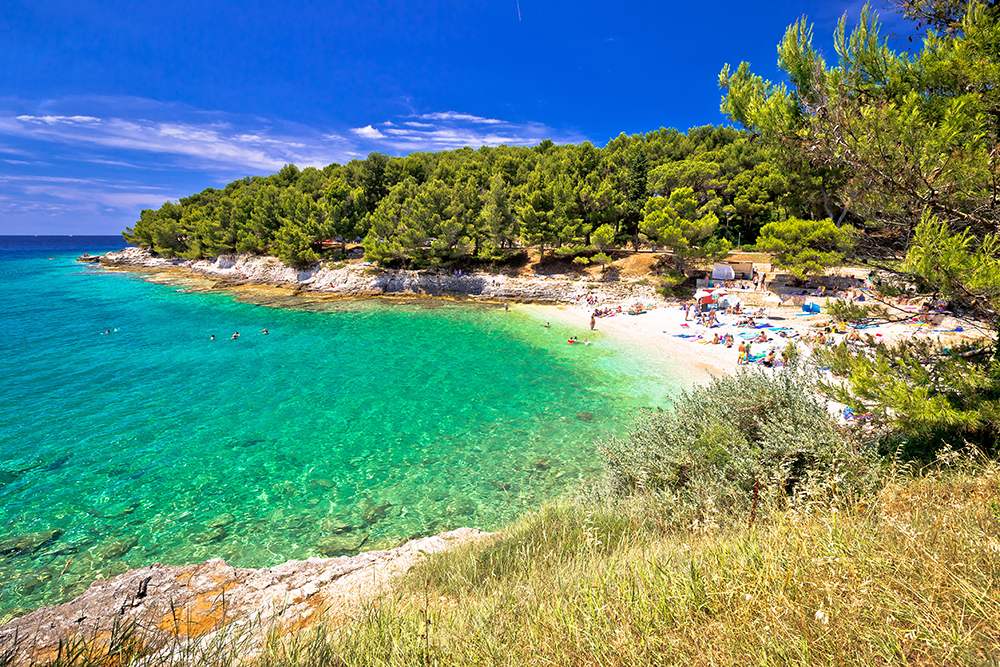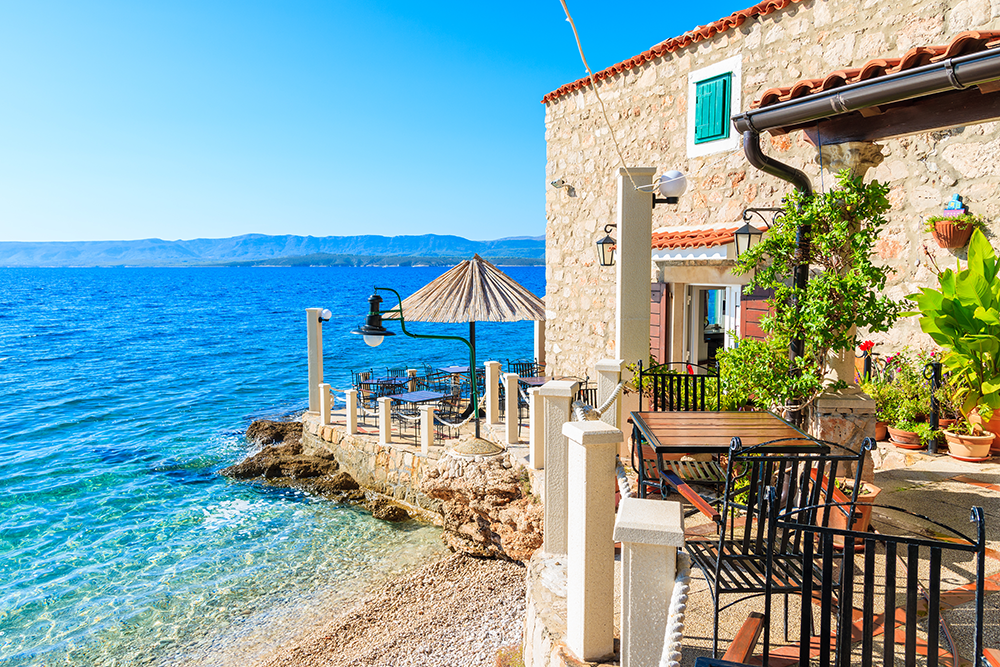Holiday villas in Croatia to rent
There is so much to explore in this extraordinary country and we have villas in a variety of regions to suit all tastes. Croatia’s dramatic coastline, speckled with islands, is breathtaking and the inland areas are still largely unspoilt. It is not surprising that it was chosen as a location for the critically acclaimed series Game of Thrones.
The areas vary enormously from the historic and enchanting Dubrovnik to the picture-perfect and gastronomic Istria. We are confident that, once you have experienced this astonishing country, you will want to return to explore more and more of its beauty.

Browse our full selection of handpicked villas, each offering its own unique charm, luxury, and unforgettable experiences.
Croatia destinations
We have a wide and ever-expanding selection of holiday villas in Dubrovnik, Split, Istria and the islands, including villas on Brac Island. Dubrovnik is enchanting with so much history and fascinating monuments to explore. Some of our villa properties in this area enjoy views of the city surrounded by its medieval stone walls, whilst other villas are scattered along the tranquil Adriatic coastline and magnificent countryside. Split is the perfect place to experience Dalmatian life and the ideal launchpad for visiting the magical islands that Croatia is renowned for. Istria is perhaps less well known with a more laid-back vibe and a real emphasis on delicious food and good wines. There is so much natural beauty here with picturesque landscapes and terrific beaches – clients often return year after year.
We have an abundance of villas to suit every budget. Family friendly villas, countryside retreats, stunning beach front properties and honeymoon hideaways – we really do have something for everyone! We also have limited mobility villas in Croatia.

July and August are the hottest times of the year with temperatures in the 30’s. There is always plenty going on during these months, especially along the Dalmatian Coast. There is so much to explore in Croatia and this is often easier outside of the summer months when the temperatures are warm and comfortable. May to June can be around 20-25 degrees Celsius with little rain and pleasant sunny days, perfect for venturing out and discovering new places. The same can be said for September and October when the sea temperature is particularly warm and the crowds have dispersed. Istria is particularly lovely in Autumn when the harvest takes place, truffles are foraged and new wines are released.
If you are travelling from the UK to Croatia, you can check the up to date entry requirements here.
We suggest signing up for email alerts which means you will be notified if something changes for entry to Croatia https://www.gov.uk/foreign-travel-advice/croatia/email-signup
For more information, you can also check the Republic of Croatia Ministry of Tourism and Sport
The capital of Croatia is Zagreb. It is a beguiling city with the heart of a small town and a laid back vibe; not at all what you would expect from a capital city that is home to a quarter of the total population of Croatia. Café culture is vibrant here and there is much to explore with museums, art galleries, theatres, churches, eateries, and markets galore. It is not a typical, tourist destination and therefore seems very easy to slip into real Croatian life.
Croatia is known for its stunning Adriatic coastline, more than 1,000 islands, and historic cities like Dubrovnik, Split, and Zagreb. It’s also famous for its clear waters, UNESCO World Heritage Sites, and delicious Mediterranean cuisine with Italian and Balkan influences.
The currency in Croatia is the Euro (EUR).
Croatia operates on Central European Time (CET), which is one hour ahead of Greenwich Mean Time (GMT+1). During daylight savings, it is two hours ahead of GMT.
The best time to visit Croatia is late spring (May–June) and early autumn (September–October). The weather is warm, the sea is great for swimming, and the crowds are smaller compared to the busy summer months. July and August are perfect for sun-seekers but can be hot and busy, especially along the coast.
Croatia doesn’t have one single national dish, but popular specialties include pašticada (slow-cooked beef stew), black risotto with cuttlefish, fresh seafood, truffle dishes from Istria, and peka (meat or seafood slow-cooked under an iron bell). Olive oil and wine are also central to Croatian cuisine.
January is typically the coldest month, with inland areas like Zagreb experiencing average highs around 5°C and occasional snow. Along the coast, winters are milder, with average highs of 10–12°C.
The easiest way to get in touch is by using the contact form below.
Send us your enquiry anytime, and we’ll respond promptly, even outside of office hours, including weekends and Bank Holidays (yes, even Christmas and New Year!).